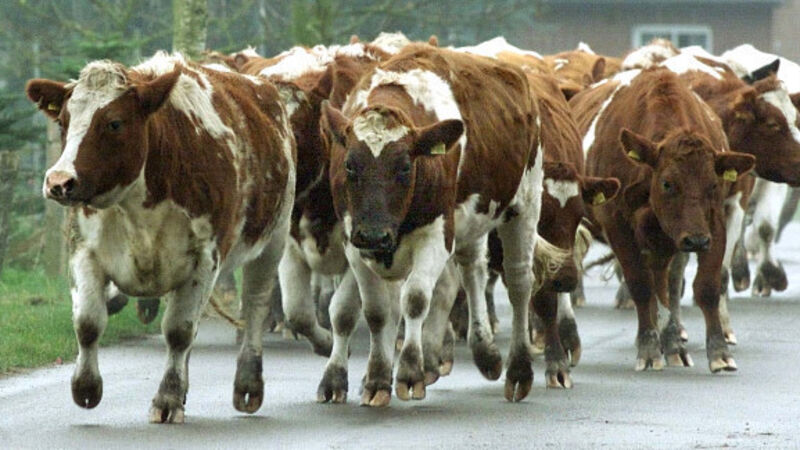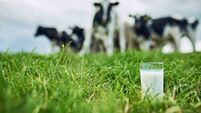New N rules include soil sampling, poaching, run-off

The fourth review of the Nitrates Actions Plan (NAP) recently came into law, on January 1, 2018.
Ireland’s NAP is designed to prevent pollution of surface waters and ground water from agricultural sources, and to protect and improve water quality.
The main changes can be broken down into four areas.
n Firstly, there are new strengthened water protections measures applicable from January 1, 2018, which focus on intercepting and breaking nutrient transport pathways and preventing sediment and nutrient losses to watercourses and dry drains.
Farmers are required not to poach land, which could result in run-off.
Also farmers are required to carry out a soil organic matter (OM) analysis of peaty soils located in designated high organic matter areas to verify that they contain less than 20% OM, if the farmer wishes to apply phosphorus above maintenance levels.
n Secondly, the new regulations are targeting improved soil fertility to achieve sustainable intensification objectives.
The main changes here are in soil sampling, where the maximum area per sample is reduced to 5ha.
This applies to soil samples received in laboratories after January 1, 2018, and these samples are now valid for four years.
There is also the option for farmers stocked above 130Kg of organic N/ha to avail of higher phosphorus build-up rates.
These higher rates are available for four years, and farmers availing of these rates must participate in a nutrient management training course.
n Thirdly, there is simplification of the regulations, in order to improve implementation.
The calculation of your Nitrogen (N) and Phosphorus (P) allowance is now simpler, due to the removal of the requirement to deduct N and P in grazing livestock manures in the storage period.
The use of the previous year’s stocking rate when preparing nutrient management plans will facilitate earlier and more effective fertiliser planning.
There is also a limited extension of transitional provisions for pig manure.
n Fourthly, new strengthened water protection measures will be applicable from January 1, 2021.
On farms stocked above 170Kg of organic N/Ha, cattle will have to be excluded from watercourses, and this will involve fencing at least 1.5 metres from the tops of riverbanks, and livestock drinking troughs will have to be at 20 metres from watercourses.
All farmers will be required to prevent direct run-off from farm roadways to watercourses or drains, and this will involve altering the camber of farm roads.
n Lastly, the main changes for farmers in derogation will involve ensuring that half of all slurry must be applied before June 15 each year.
After that date, slurry may only be spread using low emissions slurry equipment.
Farmers applying in 2018 for a derogation must have adequate slurry storage for all animals on the holding during the 2018/2019 winter.
Farmers applying in 2019 for a derogation must have adequate storage for all animals on the holding during the winter of 2018/2019.
Over the next few weeks, when farmers are meeting their advisers to get their BPS completed, it may be a good opportunity to discuss the NAP with advisers.












